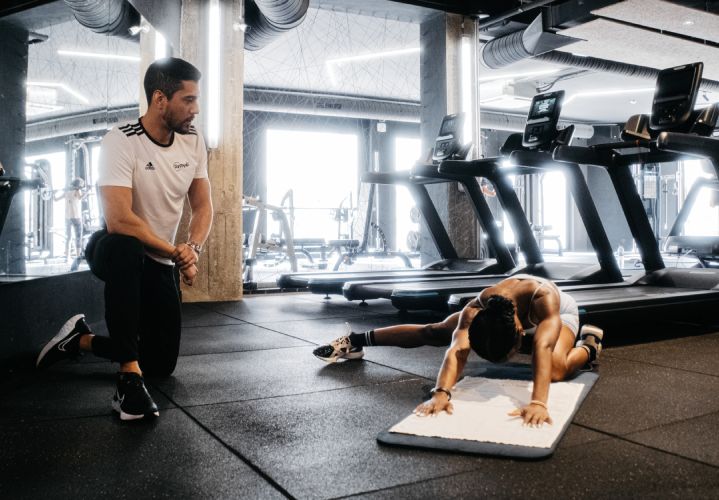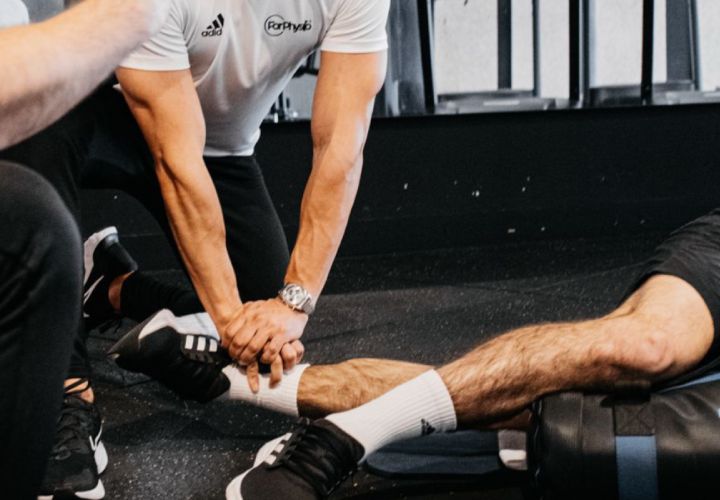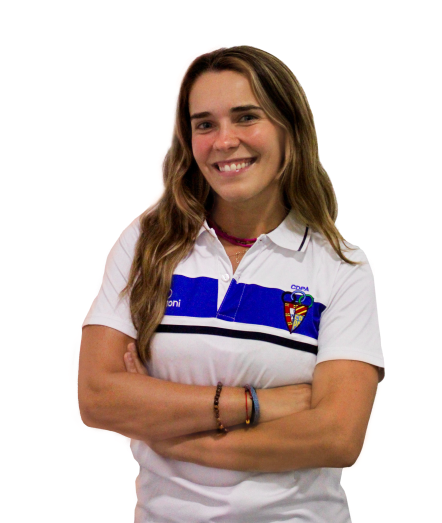Adductor Tendinopathy in Athletes
Causes, Symptoms, Effective Treatments, and Prevention
- Sports Physiotherapy

Adductor tendinopathy refers to a complex of conditions that develop within and around the tendon in response to chronic overuse of these muscles, resulting in structural changes to the tendon. The adductors consist of five muscles located in the inner thigh. Their main functions are to stabilize the hip and bring the legs toward the midline – the movement known as adduction. Adductors are engaged in various sports such as athletics, football, hockey, horse riding, rugby, gymnastics, swimming, among others. The repetitive movements required by these sports, such as running, acceleration, deceleration, changes in direction, and excessive stretching, make athletes prone to developing adductor tendinopathy. Causes/Risk Factors The development of tendinopathy is multifactorial. Some key factors include: - Lack of muscle flexibility; • Strength imbalances (large discrepancies between abductor and adductor strength); • Overall lower limb weakness; • Previous groin injuries; • Pain in the previous season. Other possible factors: • Not warming up before physical/sports activity; • High training loads after the off-season; • Muscle fatigue from overuse; • Obesity; • Age-related degeneration; • Genetics. Symptoms This condition typically causes pain on palpation in the groin and inner thigh areas, during leg adduction (bringing the legs together), muscle stiffness in the same region, and difficulty contracting or stretching the adductors. Increased sensitivity, swelling, and sensations of warmth and/or redness in the area may also occur.

Effective Treatments Proper rehabilitation requires considering the stage of tendinopathy. Recent evidence suggests tendinopathy progresses through three stages: 1 – Reactive Tendinopathy: Initial stage with mild symptoms and excellent prognosis; 2 – Tendon Disrepair: The rate of tendon damage exceeds repair, but prognosis is still good; 3 – Degenerative Tendinopathy: Beginning of cell death, with a poorer prognosis. After stage 3, tendon rupture may occur, leading to muscle function loss. Depending on the extent of the rupture, surgery may be necessary. An active, exercise-based approach is recommended to maximize rehabilitation. However, there is no one-size-fits-all method. Load, repetitions, and sets may vary depending on the stage. Reactive Stage The primary goals are protecting the injured structure, controlling pain, reducing inflammation, normalizing muscle flexibility, and minimizing strength loss. In this acute stage, massage is helpful in reducing inflammation. Isometric exercises and load management in training (sport-specific) are also excellent interventions. Examples of exercises in this phase: • Adductor Rockbacks; • Frog Dynamic Stretch; • Side Lying Adduction (Isometric); • Adductor Ball Squeeze (Isometric); • Glute Bridge with Adductor Squeeze. Conditioning Phase A gradual and progressive increase in load begins, incorporating eccentric and concentric exercises. Symptoms guide treatment progression. Examples of exercises in this phase: • Lateral Goblet Squat; • Single Leg Hip Thrust; • Short Lever Copenhagen (Isometric); • Standing Eccentric Banded Hip Adduction. Return to Sport This is the final rehab phase, where exercise intensity increases. The focus is on dynamic movements involving the adductors and replicating sport-specific motion patterns. Key goals: restoring strength and endurance, neuromuscular control, balance, and coordination in sport-specific movements. Examples of exercises in this phase: • Copenhagen Long Lever; • Skaters; • Side to Side Hops. Prevention Pre-season strength and conditioning significantly reduce adductor injuries during the competitive season. This helps address muscle imbalances and improves muscle recruitment, reducing fatigue. Load management after the season, in pre-season, and during competition is also key to reducing injury risk. According to the latest research, the “Copenhagen” exercise is the most effective for preventing adductor injuries in athletes. In conclusion, strengthening exercises for prevention and a multimodal approach combining manual therapy and exercise are the most effective conservative treatment for adductor tendinopathy.


